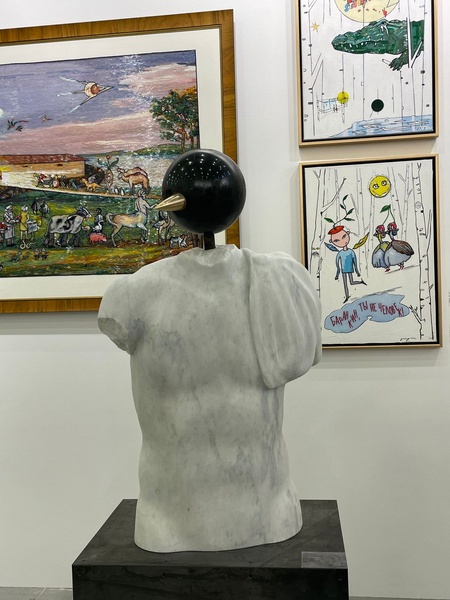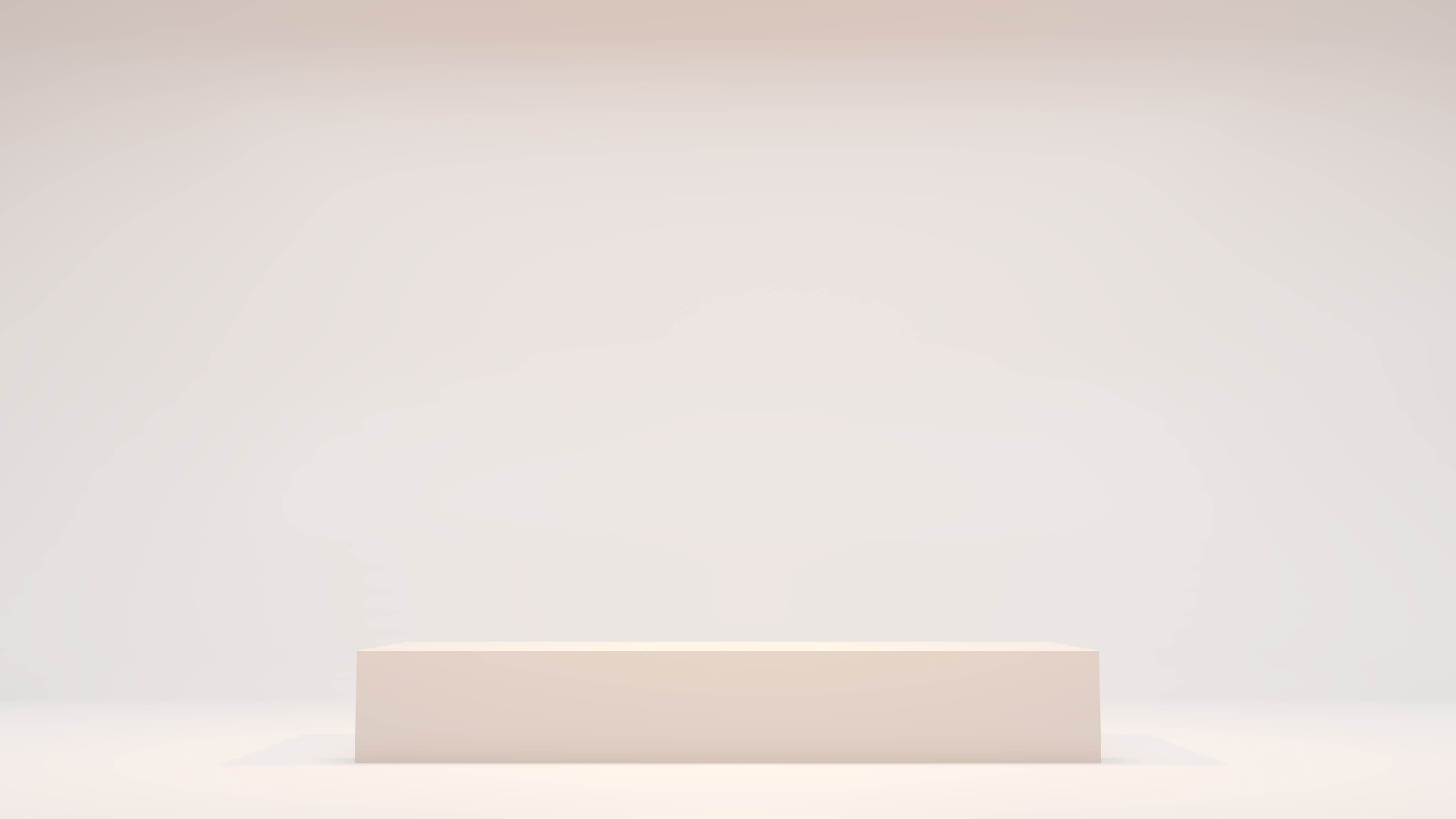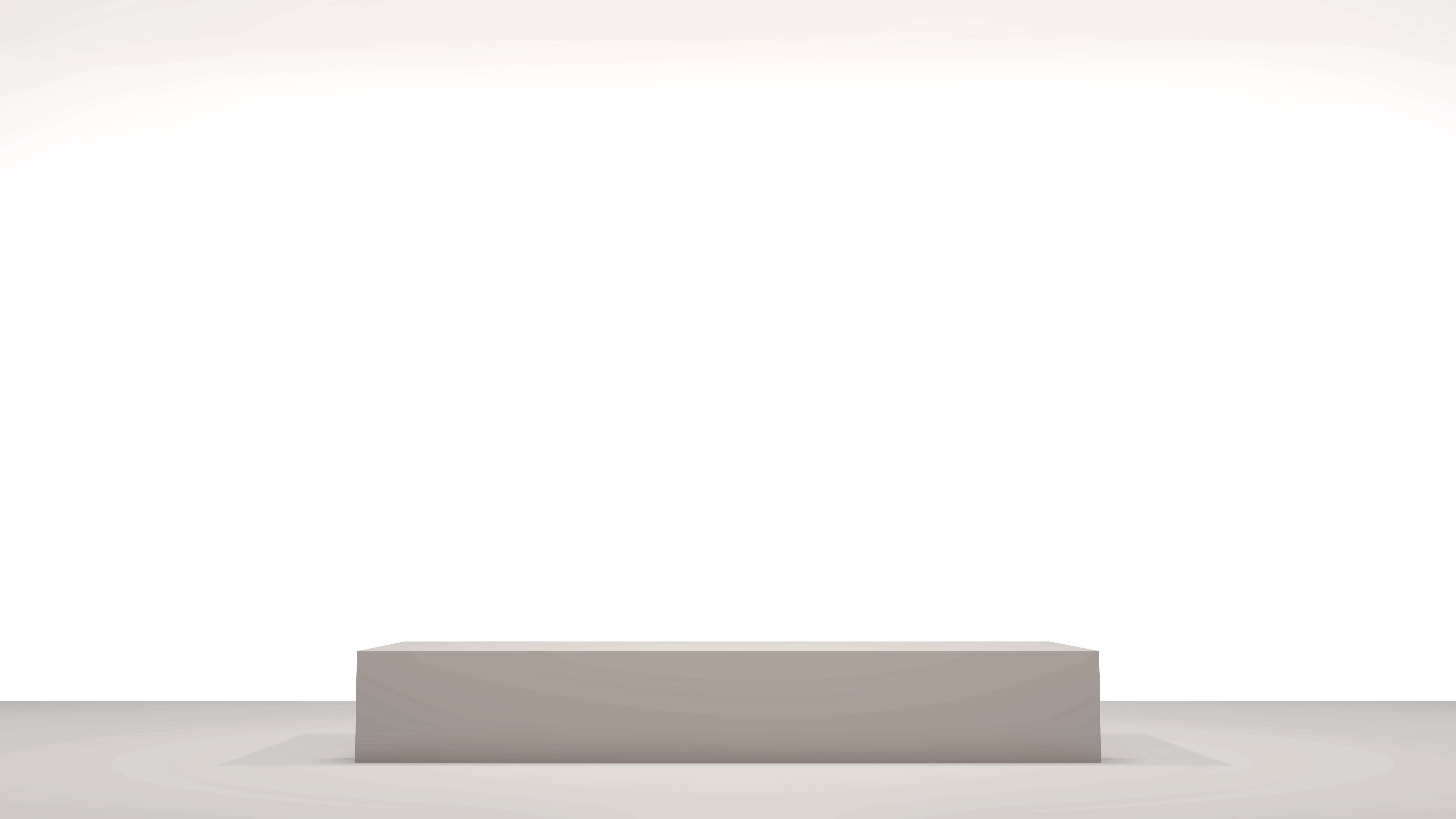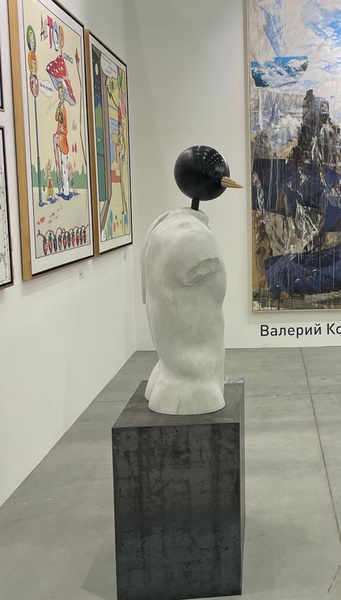KUROS 2
Katerina Kovaleva was born on October 20, 1966 in Moscow. Training in drawing and painting began at the age of 13, under the guidance of E. E. Rozhkova, a student of Falk. She studied at the children's art school 1, where she became close to the future members of the group "World Champions" G. Abramishvili, B. Matrosov, K. Latyshev. In 1984-1985, she studied at the Moscow State Pedagogical University(formerly Stroganov), in 1985 - 1989 at the Moscow Polygraphic Institute. Since 1986, he has been actively participating in exhibitions. Member of the Hermitage Association. Fellow of the Ministries of Culture of Russia and Austria.
Katerina Kovaleva's art is extremely diverse. In different years, she was engaged in book design, illustration and interior design. In her artistic practice, Kovaleva combines mosaic, sculpture, painting and collage, all the while experimenting with materials and techniques. In the late eighties, she attended the squat "Kindergarten" and workshops «on Furmanny». According to the artist, the greatest influence on her was Andrey Router, German Vinogradov, Nikolai Filatov and Georgy Ostretsov. The exhibition at MMOMA shows both her early works of the late 1980s and modern projects — paintings, drawings and collages, objects, including drawings made during the First Antarctic Biennale in 2017. It is curated by Irina Gorlova, head of the department of the latest trends of the Tretyakov Gallery.
— As for objects or sculptures made in stone, as I have already said, these are monuments-tombstones of events or concepts. The first such objects appeared nine years ago, they were made for my personal exhibition dedicated to snow. I wanted to perpetuate the most ephemeral: snow, snowball. So there was a monument to the snowman or a tombstone "Here lie the remains of the snowman", a monument "Mysterious Russian soul" and others. On the stone there is always an inscription in Latin, referring the viewer to the ancient Roman tombstones, emphasizing the universality of the"idea of eternal memory". In other pyramid monuments, the influence of Russian suprematism can be easily seen.
 50
25
50
25


Submit an application
We will inform you about the availability of the product by phone after checking



